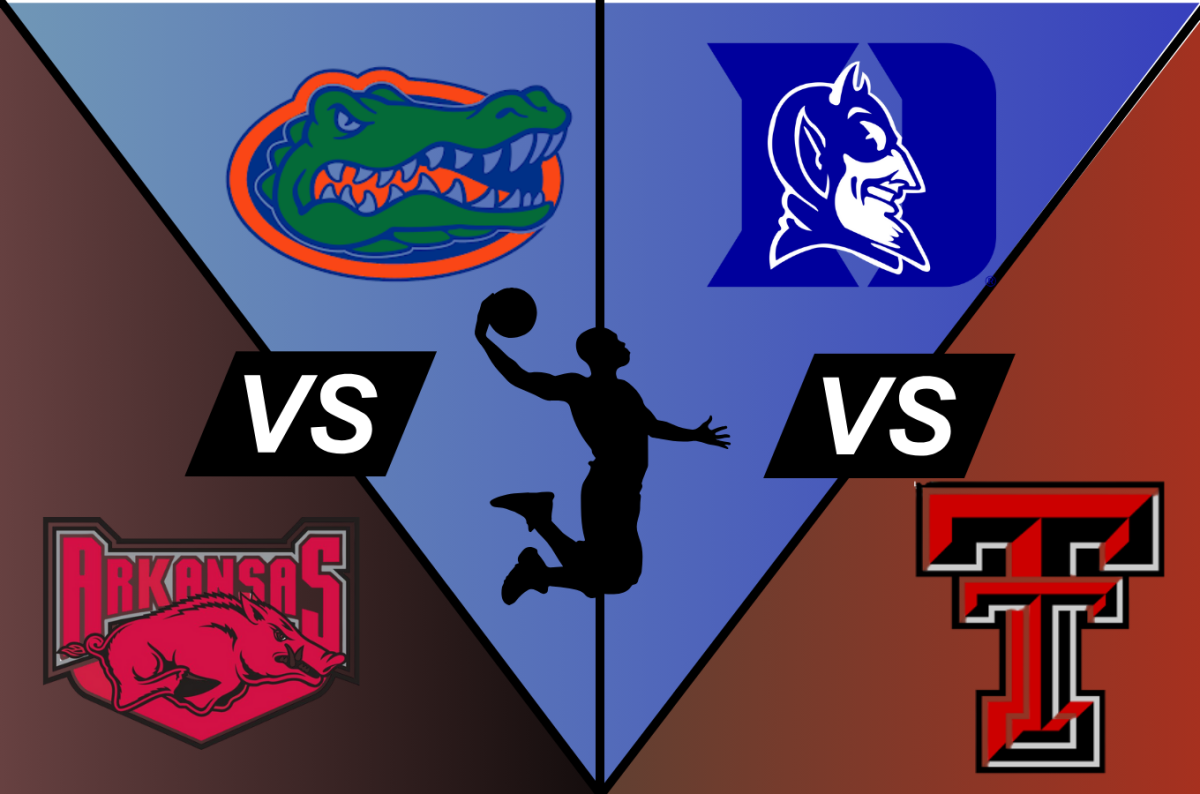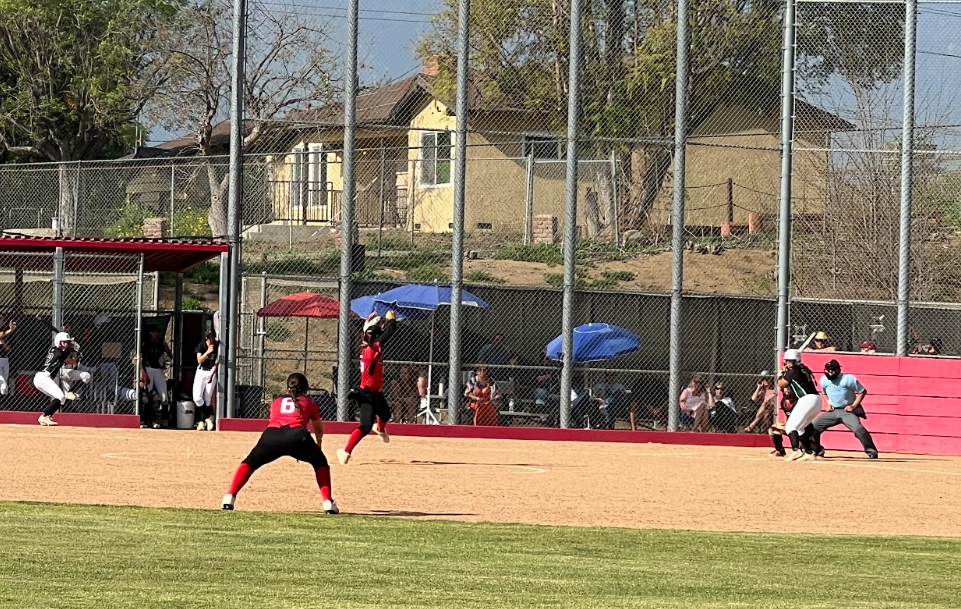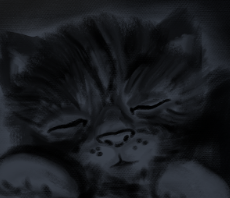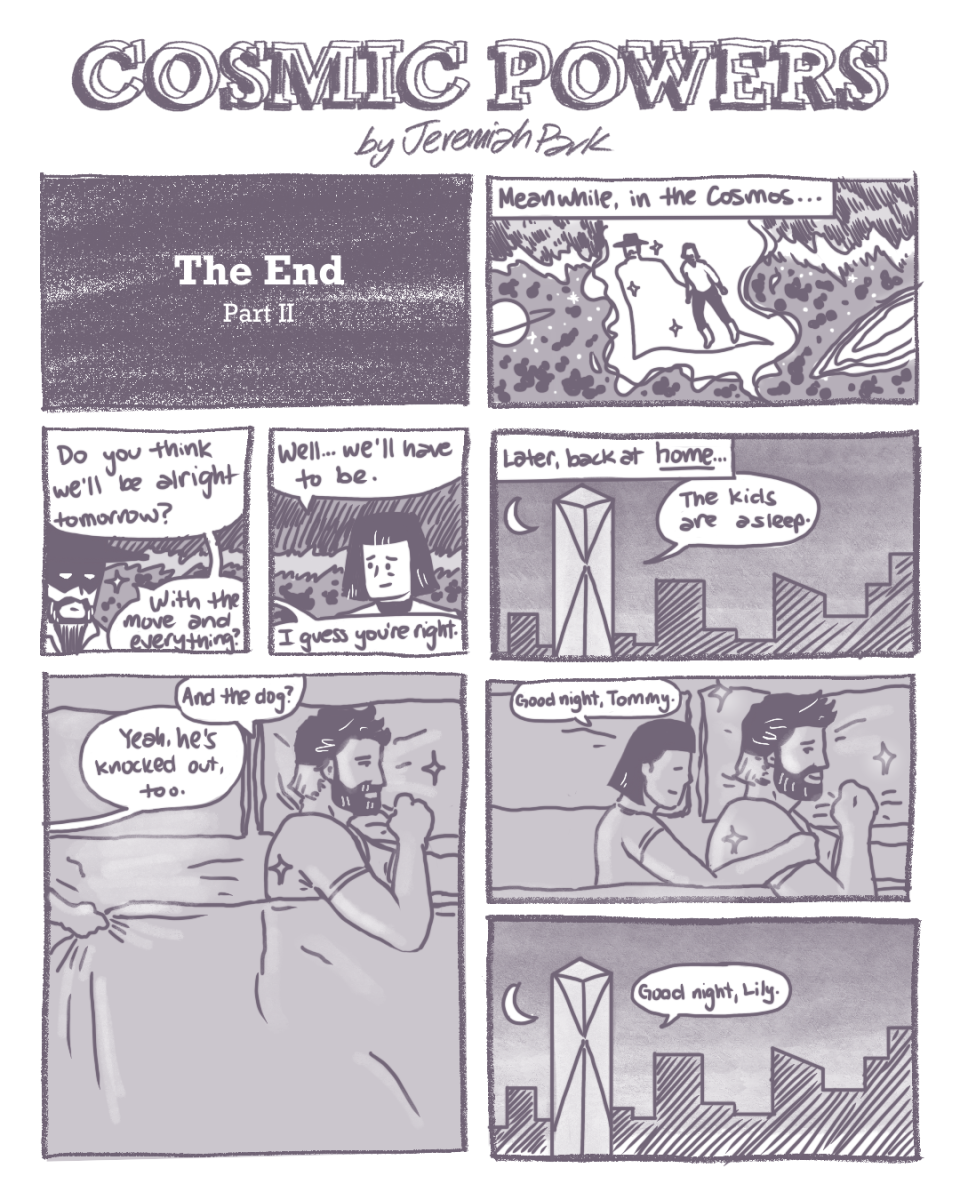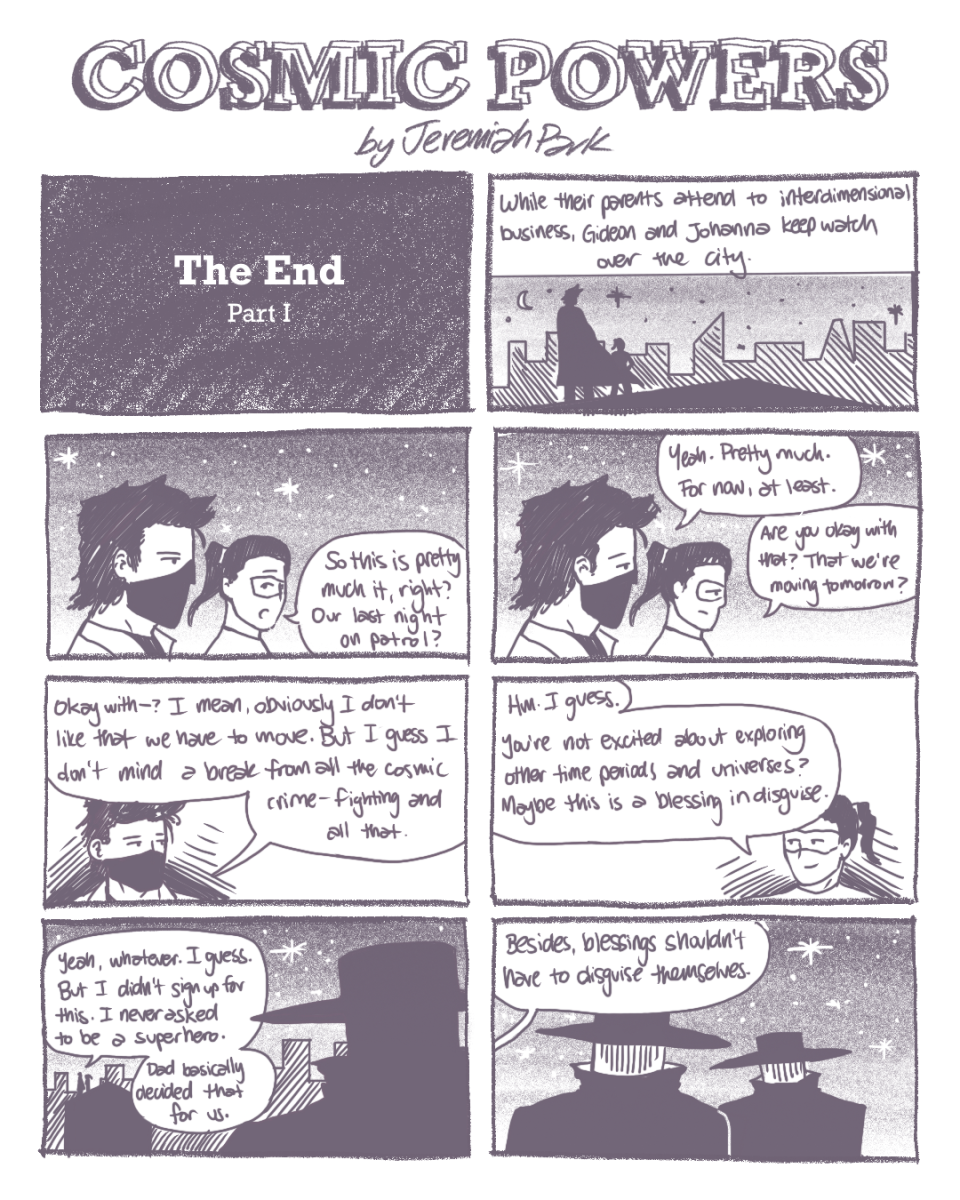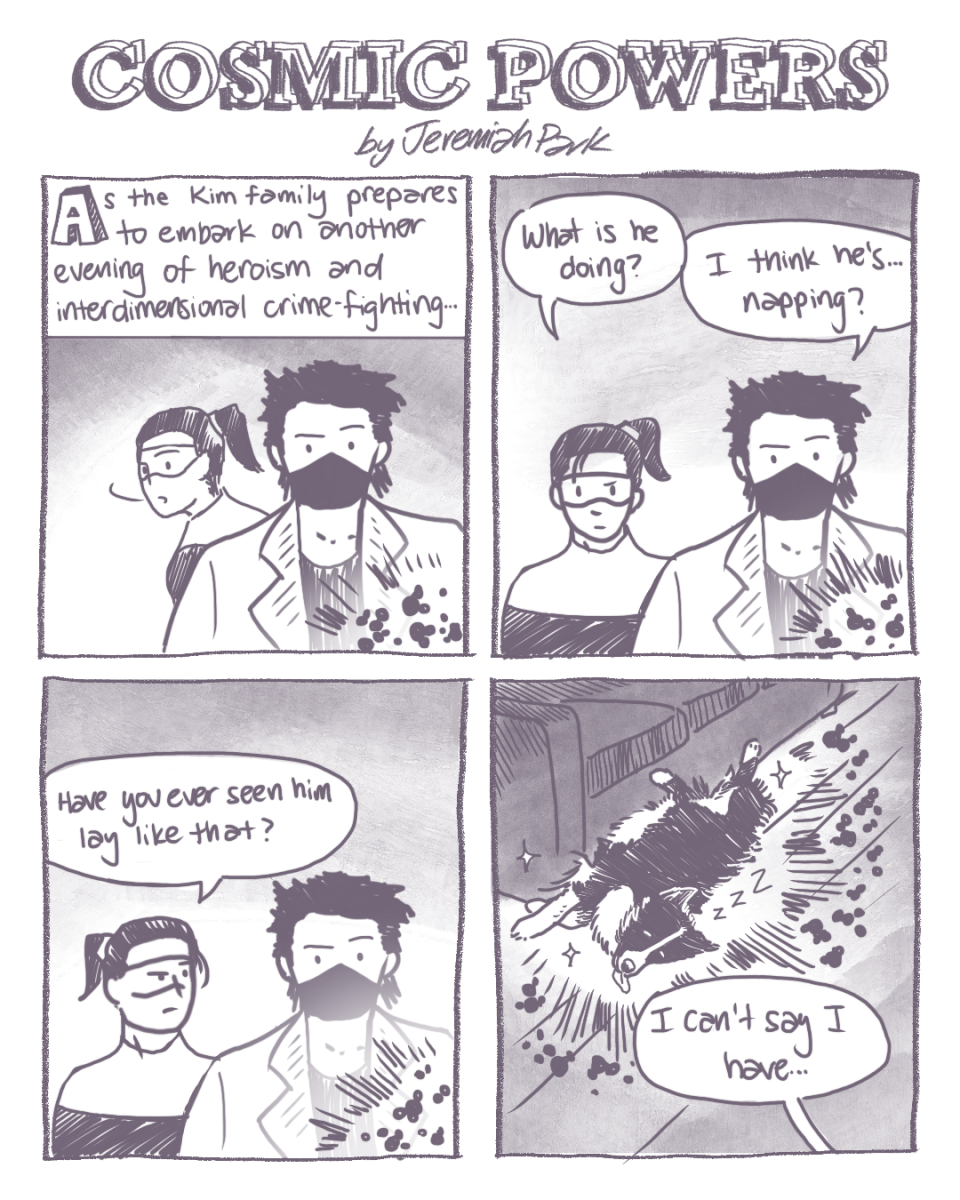While many students are used to snacking in class, recent sightings of a rodent on campus have deterred students from doing so as the hot weather entices more critters and insects to bumble through classroom doors.
A few weeks ago, within Ayala’s English quad, a rat was spotted munching through the twisted wires of a printer inside the teacher’s break room.
“The rat tried to run and hide in all corners of the lounge. The [copier] wasn’t working and I could not get the jam cleared so I asked the secretary to help me out. Mrs. Roman was the one who found the rat hiding in the copier,” English 10 Honors, AP Language and Composition, and AP Research teacher Ms. Mariana Jolly said.
Surprisingly, certain wire insulators are made of peanut oils and due to the firm and durable texture and many rats like to chew on these wires to maintain their teeth from overgrowing. While the rat spotting was comical, it does raise a question as to whether teachers should allow students to eat in class.
Mr. Sameer Bhatt, the AP US Government/Comparative Government teacher and men’s basketball coach, said he allows students to eat in class despite having big messes in the past. For some teachers, this would mean the end of classroom snacking, but because of the difference in floor boards and the old carpeted floors, the risk of messes are no longer feared.
“As long as they’re not distracted [due to food], it definitely does not make too much of a [disruptive] impact on the learning experience,” Mr. Bhatt said.
Most students would agree that they need to have occasional snacks in order to properly function and participate in class. Senior student Angelina Song (12), agreed that eating in class is not a con, and that it can actually benefit a student’s focus.
“Sometimes if I don’t eat breakfast, then I get hungry before lunch, which ends up being a disturbance to a student’s working experience,” Song said.
Even with the extra hour before school starts, students often still struggle with finding time to prepare and eat their meal before having to head out the door to school. Students sometimes need to have a small break throughout the day to recharge themselves, especially if they cannot stand eating breakfast or simply don’t have enough time in the mornings.
Ms. Jolly sympathized that the issue with food and critters on campus largely correlate with Ayala being an outdoor school.
“One hundred percent there used to be a family of cats I would see. I felt like I’ve seen opossums [when] I’ve been here late at night helping with homecoming,” she said.
While students understand the necessity of cleaning up their messes and the importance of keeping classrooms clean, some teachers still do not allow them to snack during classes. This choice is not meant to infuriate students, but the decision makes sense as the school is at a constant risk of outdoor vermins invading classrooms. Efforts to make less messes are simply not enough when the school is exposed to all the unwelcomed wildlife.
While both perspectives of the benefits and drawbacks to eating in class are valid, students and teachers should still sympathize with one another concerning the topic. Hunger can be a tough sensation to battle while in class, but disrupting a class with a mess is a risk students and teachers have to take. With the recent rat sighting, students should be aware of where they throw away their food and take a step outside the next time they reach for their food in class.


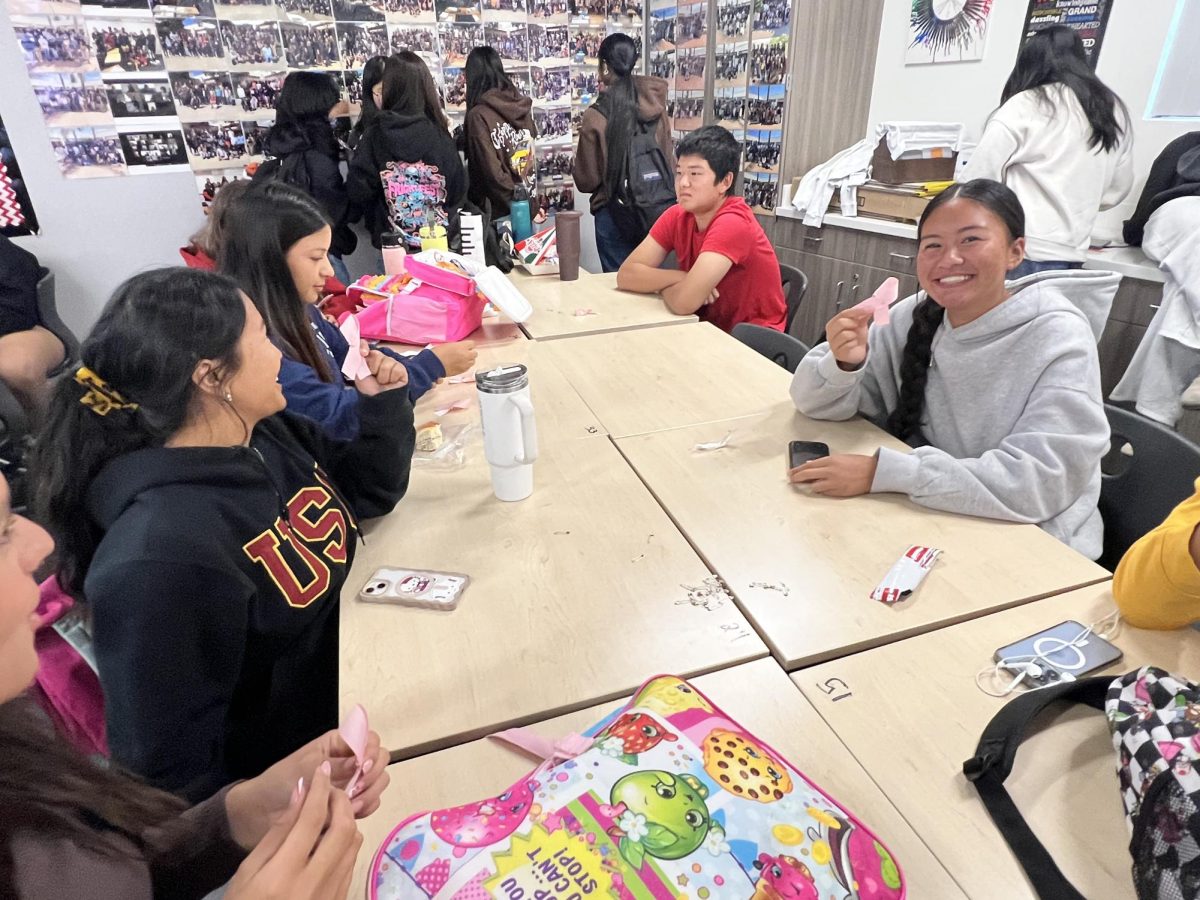



















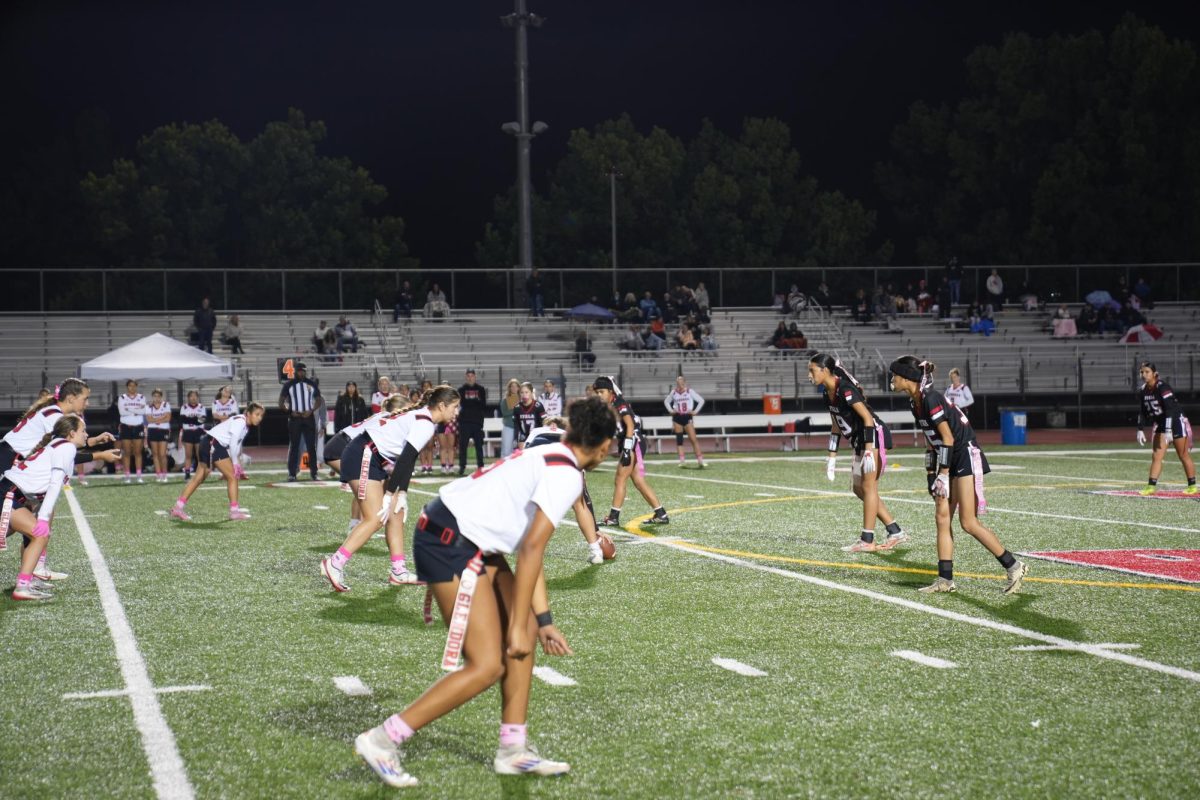
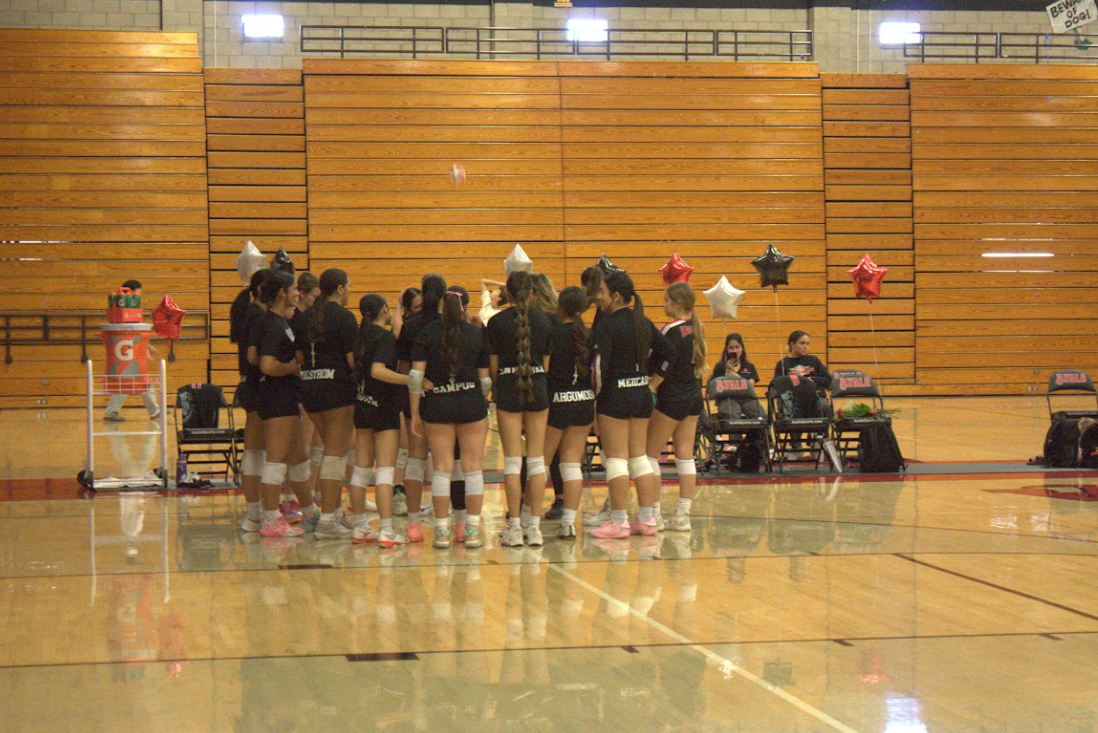

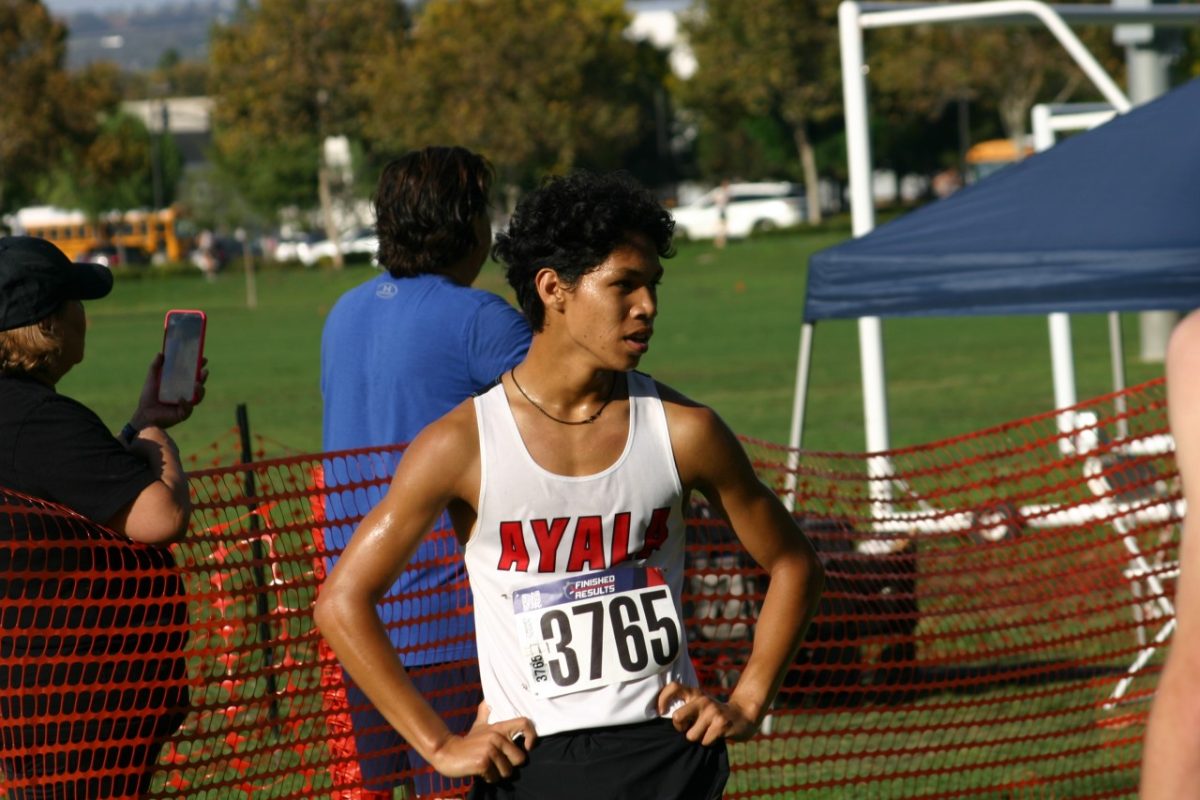
![“I'd say [this season was] successful because I didn't really think I was going to really play much because I'm a freshman. But my coaches took the time and believed in me,” Jonah Boyd (9) said. As a freshman, Boyd has already achieved great success during his first year on the boys Varsity baseball team.](https://ayalabulldogtimes.org/wp-content/uploads/2025/05/IMG_1598-1.jpeg)



